Do not be afraid of this bodysnatching fungi that lives on a lawn in Scotland
The lawns at Haddo House in Aberdeenshire are luscious and friendly, unless you are the prey of the vile 'Strathy Strangler'.


A ‘bodysnatching fungi’ is terrorising the lawns of Haddo House in Aberdeenshire, according to the National Trust for Scotland. If you were to ask me what my least favourite words in the English language might be, I would likely respond with ‘bodysnatching’ and ‘fungus’, but according to the charity, the presence of the ‘Strathy Strangler’ (Squamanita pearsonii) is actually a good thing, as Haddo House is one of the nation’s premiere fungi habitats.
The repulsive and voracious mycelial predator is known to frequent the lawns, where it feasts upon its host the Earthy Powdercap (Cystoderma amianthinum). It infiltrates its victim through an underground system of threads called hyphae, and slowly takes over its body, growing up its stem, and sucking out all of the nutrients. This is apparently interesting and a sign of a good ecosystem in action, rather than the beginning of some John Carpenter-esque horror film.
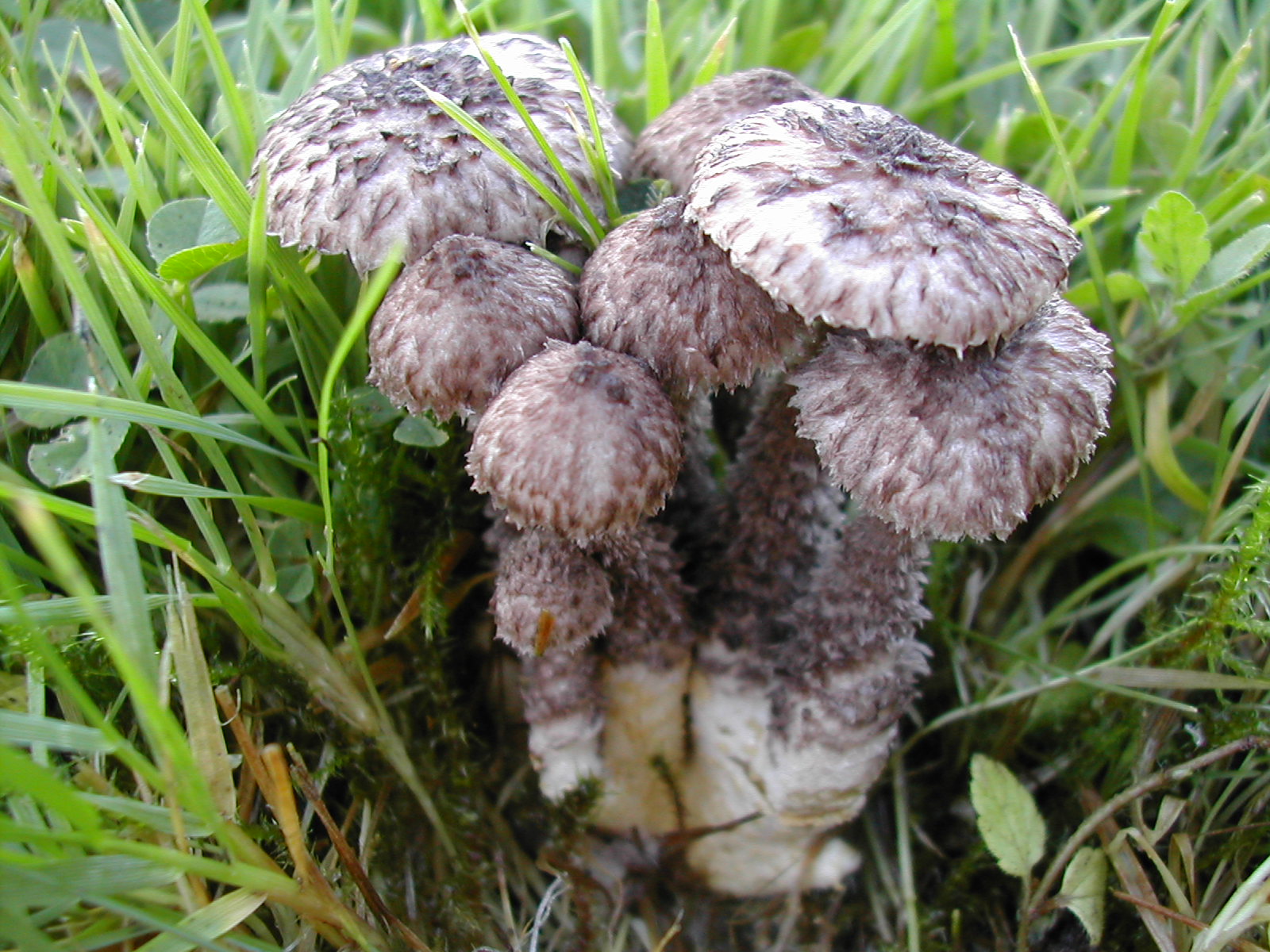
A Powdercap mushroom, savaged by the Strathy Strangler.
‘The spectacle only becomes apparent after the Earthy Powdercap loses its usual sandy colour, taking on a shaggy, grey appearance after the Strangler has overcome its victim,’ says Roddy Hamilton, National Trust for Scotland countryside ranger. Mr Hamilton also said that the Strathy Strangler only parasitises one type of fungus, which sounds exactly like what a countryside ranger who has been taken over by a parasitic fungus would say in order to avoid suspicion.
The lawns at Haddo are a rich hunting ground for all kinds of fungi, boasting 20 different species of waxcaps, 18 species of pink-gill mushrooms and 10 species of coral fungi. None are as evil as the Strathy Stranger, which demands the flesh of other beings to sustain itself. Disgusting.
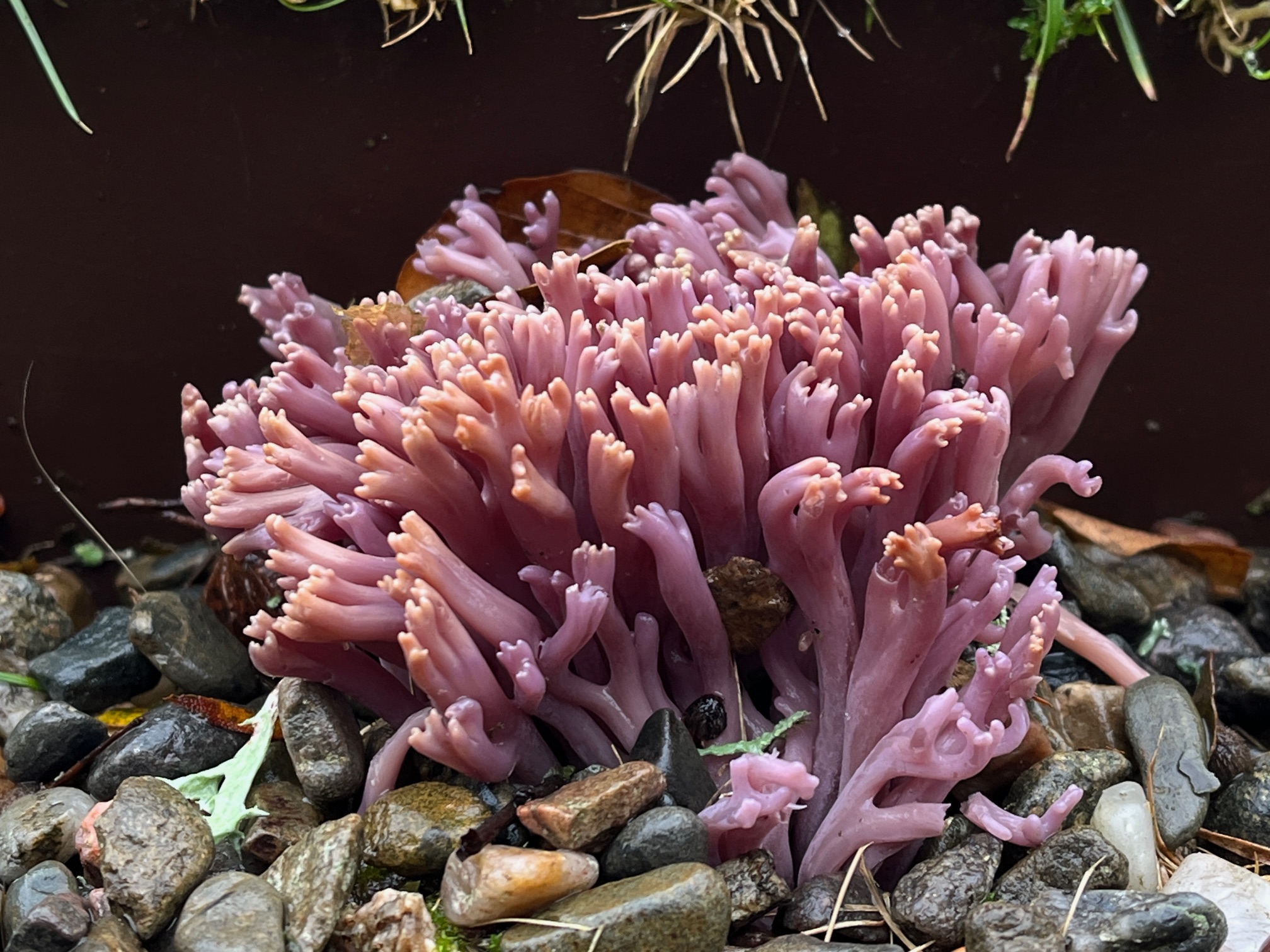
A Violet Coral fungi, which is lovely and not parasitic at all.
‘Very little conservation exists for waxcaps across Scotland, except for a few locations where grasslands are managed for nature conservation, like at Haddo,’ says Mr Hamilton. ‘Grassland meadows generally are valuable for everything from carbon storage to ecosystem services like pollination and are a whole ecosystem in themselves. Fungi are an important part of grassland ecosystems and our conservation efforts aim to enhance the habitat to make it more suitable for the fungi, rather than eradicate the parasite.’
Despite their many horrors, fungi are a vital part of the grassland ecosystem and species such as waxcaps have suffered as a result of persistent use of agricultural methods such as fertilisers. Thanks to the players of the People’s Postcode Lottery and the National Trust of Scotland’s Love Our Nature project, the site at Haddo is conserved and monitored, allowing the many fungi present to thrive. Which I suppose is good, even if the wretched Strathy Strangler is one of them.
Exquisite houses, the beauty of Nature, and how to get the most from your life, straight to your inbox.

James Fisher is the Digital Commissioning Editor of Country Life. He writes about motoring, travel and things that upset him. He lives in London. He wants to publish good stories, so you should email him.
-
 Suit yourself: I’m a 49 year-old man-about-town and I’ve never owned a suit
Suit yourself: I’m a 49 year-old man-about-town and I’ve never owned a suitWhen Hugh Smithson-Wright turned up to Country Life's annual Gentleman's Life party sans suit, it sparked a passionate conversation about why the formal fashion just isn't for everyone.
-
 'The ugliness and craziness is a part of its charm': The Country Life guide to Bangkok
'The ugliness and craziness is a part of its charm': The Country Life guide to BangkokWhere to stay, where to eat and what to do in the Thai capital.
-
 I was Jeremy Hunt’s main political adviser and helped put together multiple Autumn Statements and Budgets. This is what I think Rachel Reeves’s Budget means for the countryside
I was Jeremy Hunt’s main political adviser and helped put together multiple Autumn Statements and Budgets. This is what I think Rachel Reeves’s Budget means for the countrysideAdam Smith, former chief of staff to the Chancellor of the Exchequer, reflects on what last week's Budget means for the countryside and how we ensure the rural voice is heard loudly inside Budget preparations.
-
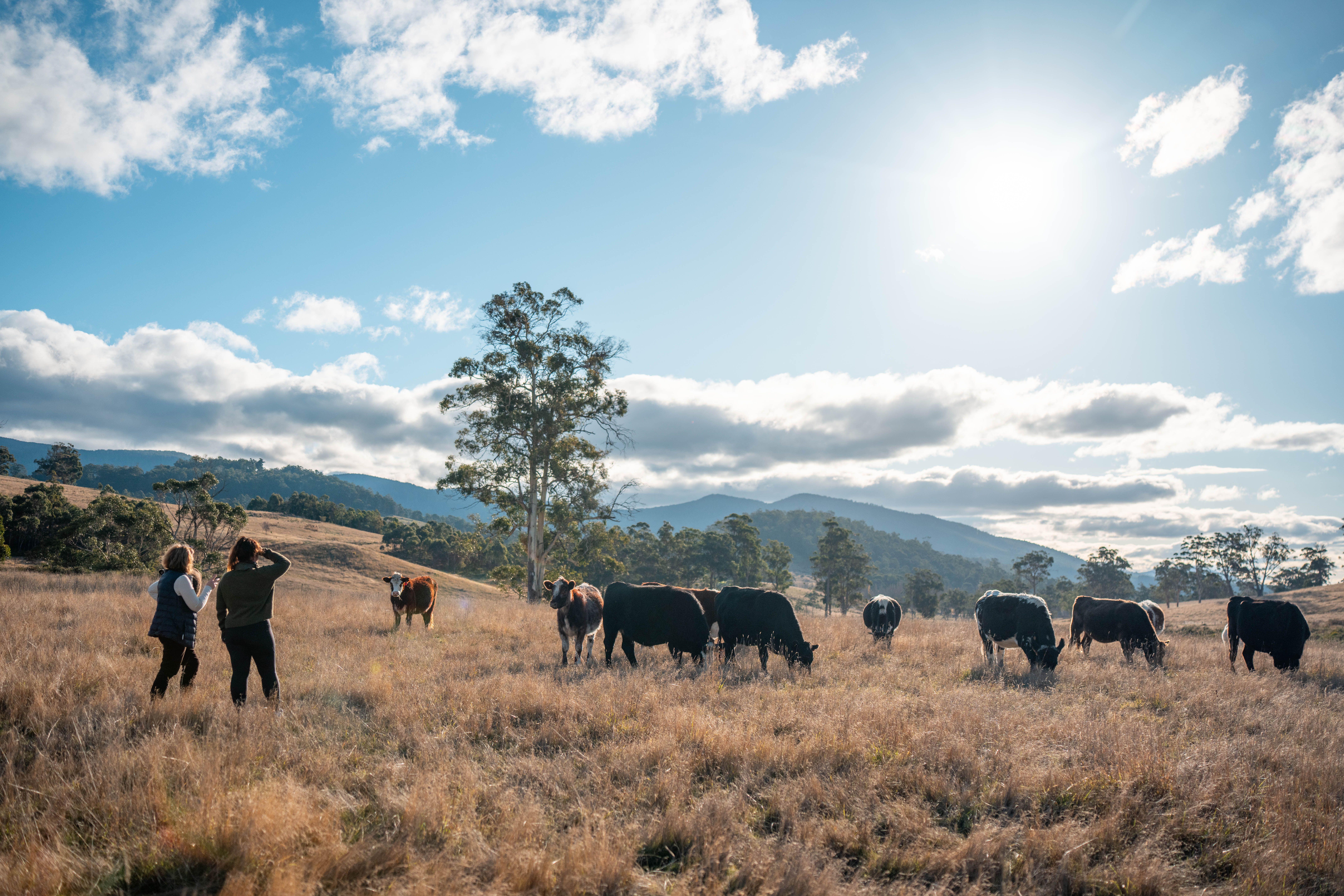 The Budget: What do we need to fix a broken countryside, and what will we get?
The Budget: What do we need to fix a broken countryside, and what will we get?With the Autumn Budget looming, countryside and heritage organisations reveal what they are hoping to hear to fix the turmoil — and what they are dreading
-
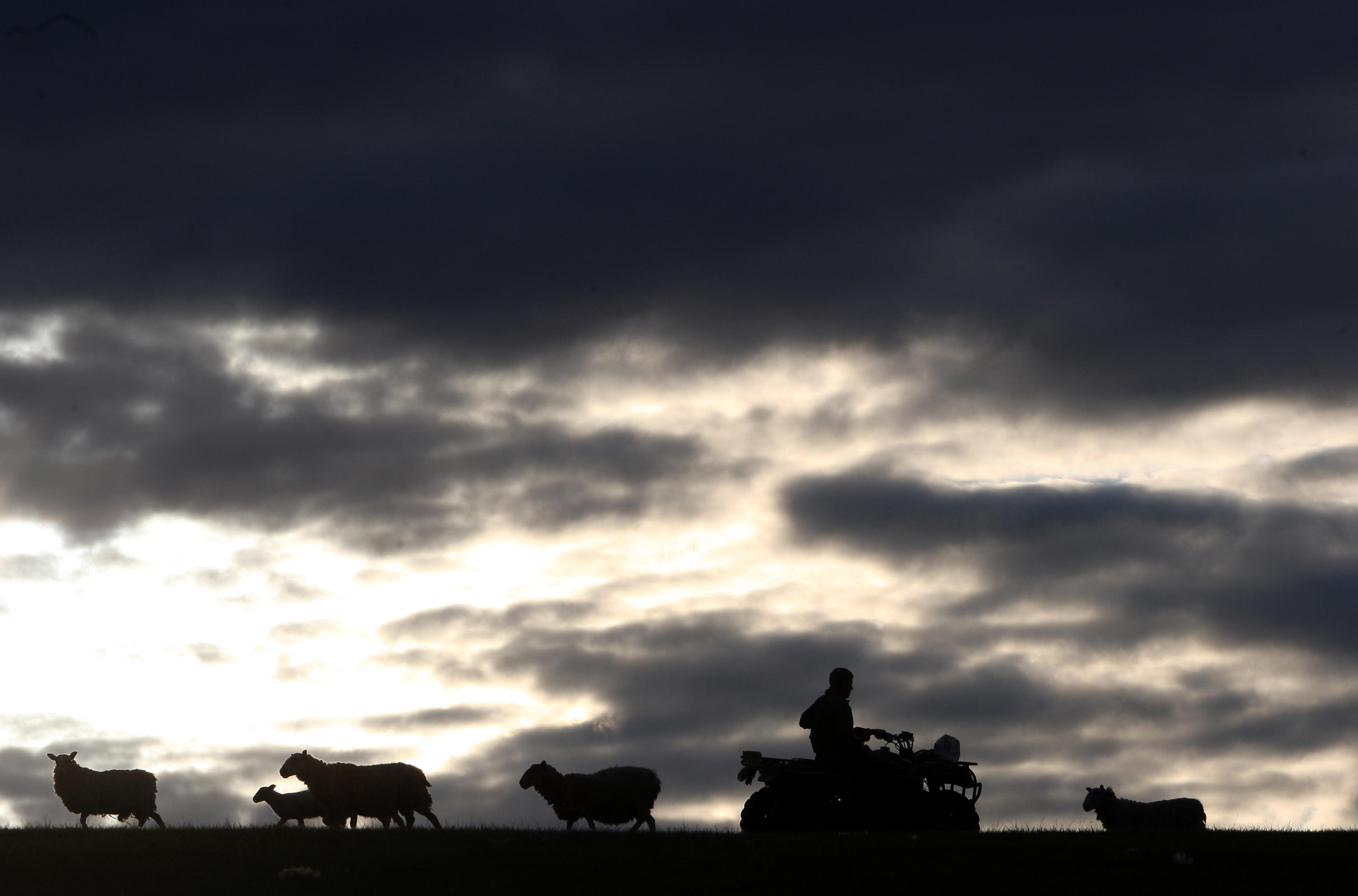 'I’m going to be the first in more than 100 years to sell anything off': How the upcoming budget uncertainty is impacting young farmers
'I’m going to be the first in more than 100 years to sell anything off': How the upcoming budget uncertainty is impacting young farmersChanges to inheritance tax, property relief and Defra budgets will likely change Britian's rural landscape. We ask the next generation of farmers what they think their future will look like.
-
 An unfenced existence: Philip Larkin's love of the countryside
An unfenced existence: Philip Larkin's love of the countrysideRichard Barnett pokes at Larkin’s protective carapace of soot-stained gloom and finds a writer with an unillusioned yet tenderly perceptive sense of Nature, in all its beauty and indifference
-
 Baby, it’s cold outside (even if you have a natural fur coat): How our animals brave the winter chill
Baby, it’s cold outside (even if you have a natural fur coat): How our animals brave the winter chillWhen the temperature drops, how do Britain’s birds, beasts and plants keep the cold at bay? John Lewis-Stempel reveals Nature’s own thermals.
-
 Retro rubbish: Waste from the 90s unearthed in 97-mile-long beach clean
Retro rubbish: Waste from the 90s unearthed in 97-mile-long beach cleanThe 6,482 volunteers unearthed waste discarded decades ago among the 232,229 pieces of litter recorded during the initiative.
-
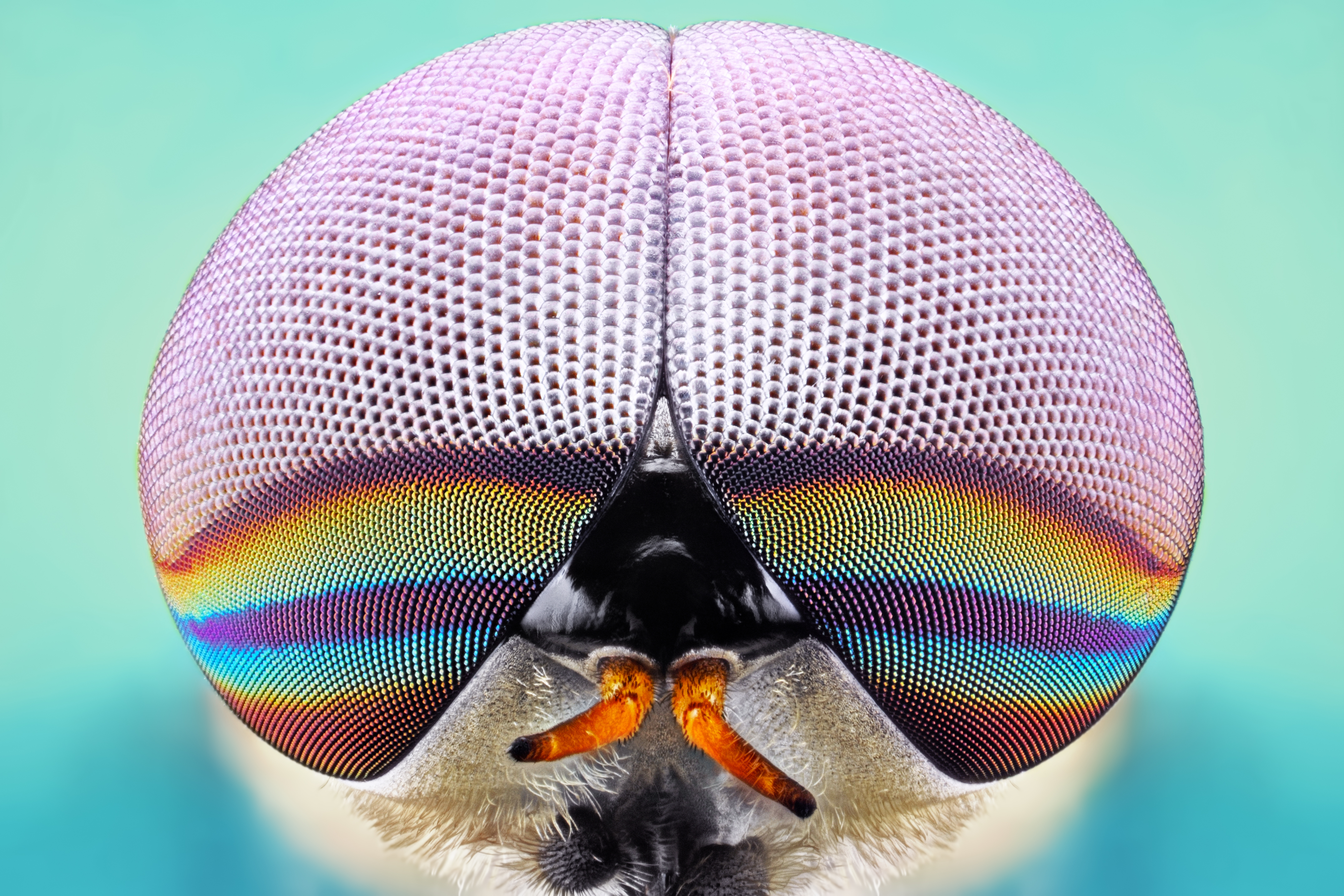 Dangerous beasts (and where to find them): Britain's animals that are best left alone
Dangerous beasts (and where to find them): Britain's animals that are best left aloneJohn Lewis-Stempel provides a miscellany of our otherwise benign land’s more fearsome critters.
-
 Mystery, muse and metaphor: There's more to fog than meets the eye
Mystery, muse and metaphor: There's more to fog than meets the eyeSmothering, transformative and beautiful, fog’s close-set shroud has inspired titans of literature, cinema and art — and forces the rest of us to look at the world a little closer.